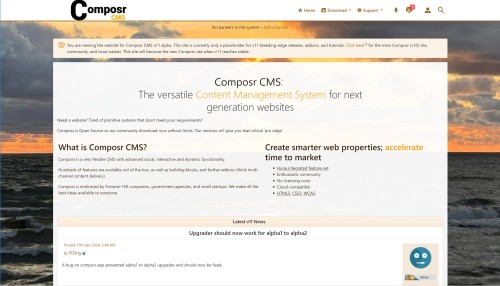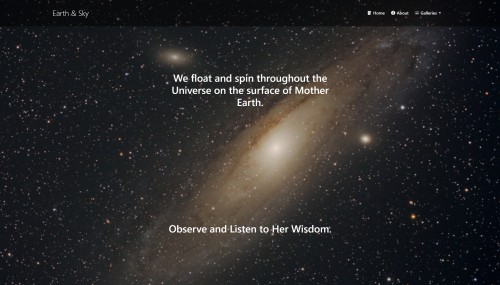Featured Sites: A-Z Index
H
Newest 10 Entries
| Website | Lovinity Hearts - VTuber |
|---|---|
| Screenshot | 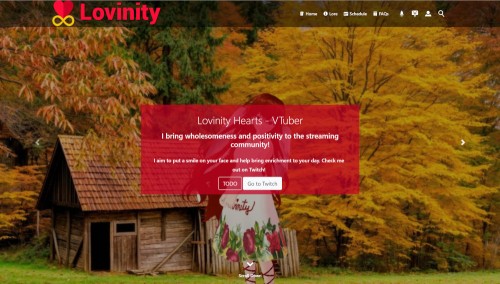 |
| Short Description | This is a VTube website for the "Hearts family". VTubing is the act of live-streaming (usually on Twitch or YouTube) using a virtual avatar. |
| Title | Parental Controls |
|---|---|
| Icon |  |
| Description | Powerful parental controls configuration to comply with necessary online safety and privacy laws Set different rules for different regions so you can comply with varying laws across the globe (according to the region members set on their profile) Automatically generates a portion of the automatic Privacy Policy block depending on your configuration; also define your own custom text (e.g. stating the laws which enforce each rule you set) Optionally require and/or lock down from editing certain core profile fields for compliance: date of birth, time zone, and region Optionally enforce IP address geo-location to match the country defined on a member's profile (useful for sites featuring region-locked content) Parental consent: require the legal guardians of members under a certain age to fill out and send in a consent form (e-mailed to the child) to gain access Lockout: prevent anyone under a certain age from logging in at all until they are of age |
| Name | Patrick Schmalstig |
|---|---|
| Photograph |  |
| Title / Role | Transition Phase Member |
| Contributions / Notes | Is assisting Christopher Graham with the transition from compo.sr to composr.app Is executing their role as lead developer to ensure the Composr software is up to the standards necessary to fulfill the transition |
| Name | Christopher Graham |
|---|---|
| Photograph |  |
| Title / Role | Transition Phase Member |
| Contributions / Notes | Is leading the transition from compo.sr to composr.app |
| Website | Legends of Nor'Ova |
|---|---|
| Screenshot | 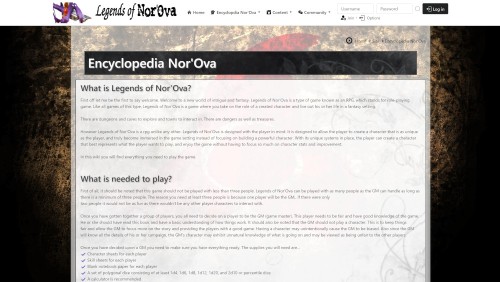 |
| Short Description | Legends of Nor'Ova is a website / database based on the table-top role-playing game of the same name. It contains Wiki+ pages and catalogues with a vast amount of knowledge regarding the game and its resources. It features a customized theme / templates. And it has a community for people to discuss the game. |
| Website | Super Tilted |
|---|---|
| Screenshot | 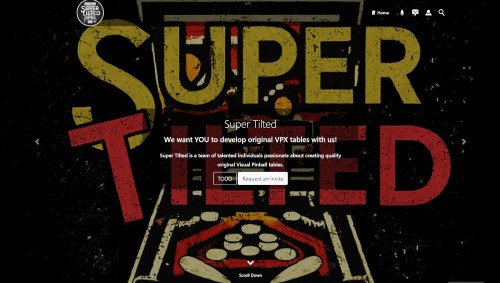 |
| Short Description | Super Tilted is a team of pinball enthusiasts who develop original digital pinball tables for the Visual Pinball X platform. This website showcases their releases and ongoing (public) projects. All tables are free to download. And people can request to join the team. This site has some secret sauce behind the scenes: a custom block for Scorbit leader-boards (pinball scores), and some webhooks to alert the team in their Discord of certain site activity. It also takes advantage of the Support Tickets e-mail integration and using zones for "sub-sites" for each released pinball table. |
| Question | Can I move a Wiki+ page? |
|---|---|
| Answer | Technically, Wiki+ pages cannot be moved because they don't have a fixed location within the network structure. Creating child links forms a path, not a strict hierarchy. However, you can manipulate the breadcrumbs by ensuring only one path leads to a page. |
| Question | Can I track changes made to Wiki+ pages? |
|---|---|
| Answer | Yes, Wiki+ includes a revision history feature accessible through the page edit screen. This feature allows you to view a log of edits, see changes highlighted in tooltips, and revert to previous versions of a page as needed. |
| Question | How can I view the complete tree structure of my Wiki+? |
|---|---|
| Answer | You can access a view of the complete Wiki+ tree structure through the designated option in the admin panel. However, it's important to note that this view will reflect guest access permissions. Some pages may be hidden if they are restricted to specific user groups. |
| Question | What moderation tools are available in Wiki+? |
|---|---|
| Answer | Wiki+ offers several features to help you moderate user contributions and maintain the quality of information:
|
Top 10 Entries
| Question | What resources are available to help me navigate these legal and social challenges? |
|---|---|
| Answer | Composr offers various resources, including tutorials on accessibility, staff management, and general website dos and don'ts. You can also consult external resources like the COPPA website and Wikipedia for more in-depth information on specific laws and regulations. Remember that seeking legal counsel may be necessary for complex situations. |
| Question | What are some social considerations for running a website with community features? |
|---|---|
| Answer | Managing a community involves addressing social issues like child protection, free speech, discrimination, and abuse. Establish clear policies on these matters, including content moderation guidelines and procedures for handling feedback. Consider the diverse personalities and potential vulnerabilities of your users. |
| Question | What are my legal responsibilities regarding illegal content posted by users? |
|---|---|
| Answer | While "safe harbor" laws offer some protection, you are still obligated to take down illegal content upon becoming aware of it. Implement measures like content checks, clear rules prohibiting illegal uploads, and liability disclaimers. The level of responsibility varies depending on the severity of the content, from copyright infringement to more serious criminal content. |
| Question | What steps should I take to make my website accessible? |
|---|---|
| Answer | Website accessibility is essential for inclusivity and may be legally required under anti-discrimination laws. Composr is designed to meet high accessibility standards, but you need to maintain this when creating content or modifying templates. Following WCAG guidelines is crucial, and you can find more information in the accessibility tutorial. |
| Question | How can I ensure my website complies with email marketing laws? |
|---|---|
| Answer | Email marketing laws like CAN-SPAM protect recipients' rights to unsubscribe. Your website must include a clear 'List-Unsubscribe' header in every email, offer an easy unsubscribe process, and respect unsubscribe requests promptly. Composr provides built-in mechanisms, including an unsubscribe endpoint and support for the List-Unsubscribe header, to facilitate compliance. |
| Question | What are my responsibilities regarding user privacy? |
|---|---|
| Answer | You must have a comprehensive privacy policy that details the personal data you collect, its usage, and if it's shared with third parties. Laws like GDPR have strict requirements, including logging data access, data purging, and security measures. California law mandates specific elements in your policy, like handling "Do Not Track" requests and a clear process for communicating changes. Composr has an automatic Privacy Policy generator block to help you get started. This is used by default. |
| Question | How can I create effective website rules? |
|---|---|
| Answer | A well-defined rules page is crucial for setting expectations for user behavior and outlining consequences for violations. It should cover a range of offenses with appropriate punishments, reference relevant laws, and assign legal responsibility to users. Composr provides default rules pages that can be customized, and this page is displayed to users upon joining the site. |
| Question | What are the key legal considerations for running a website? |
|---|---|
| Answer | Several legal aspects need careful attention when operating a website, especially for large or corporate sites. These include establishing clear rules and terms of service, adhering to privacy laws like GDPR and California's regulations, managing personal data responsibly, complying with email marketing regulations like CAN-SPAM, ensuring website accessibility, addressing eCommerce regulations, and understanding liability for content and user actions. |
| Question | How do data-tpl and data-view behaviors work in Composr's JavaScript? |
|---|---|
| Answer | Composr uses data-tpl and data-view behaviors for associating HTML templates and JavaScript views, respectively. This facilitates clean separation of presentation and logic:
|
| Question | What are the advantages of using Composr's JavaScript libraries? |
|---|---|
| Answer | Composr's JavaScript libraries like $cms, $util, and $dom offer several advantages:
|



